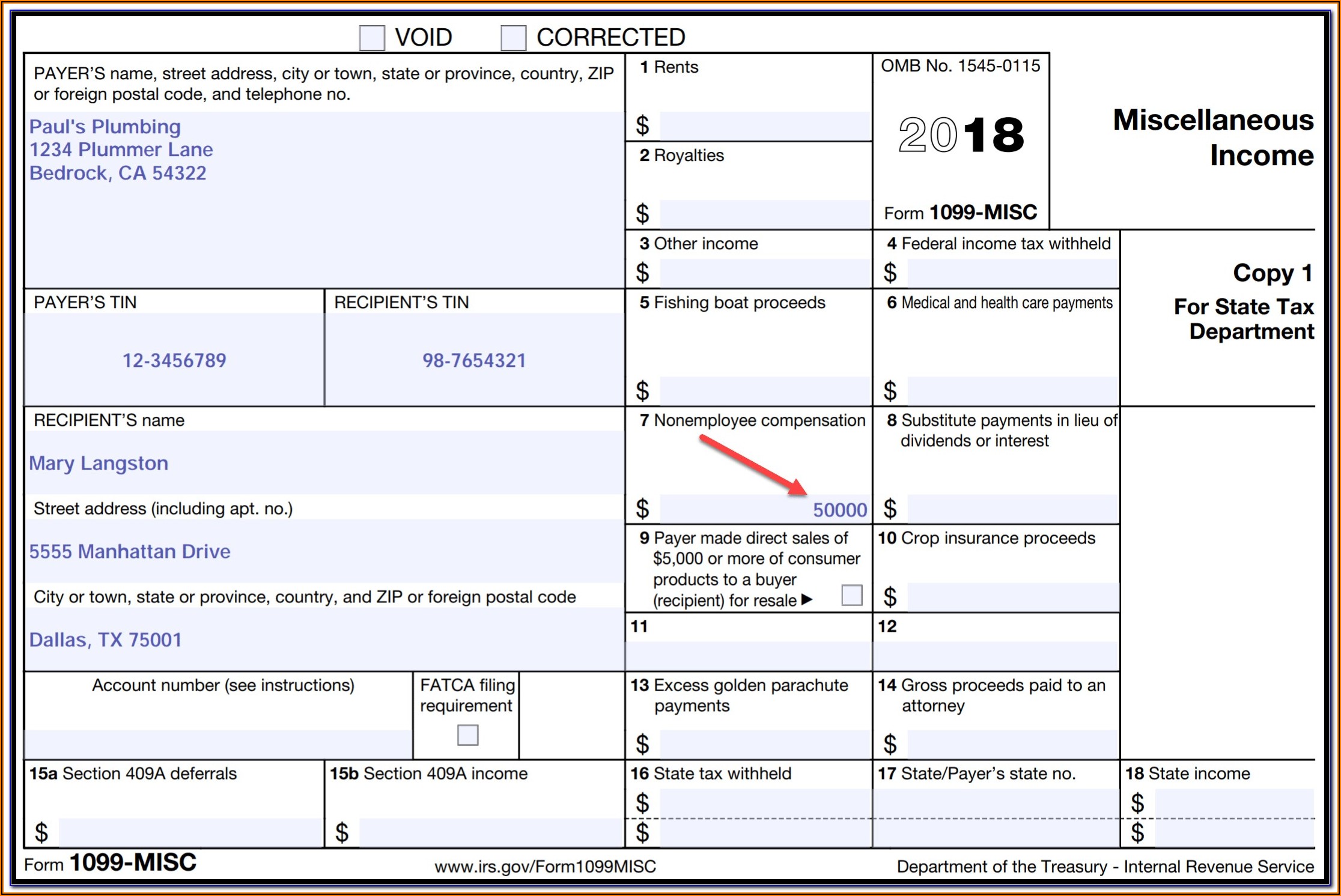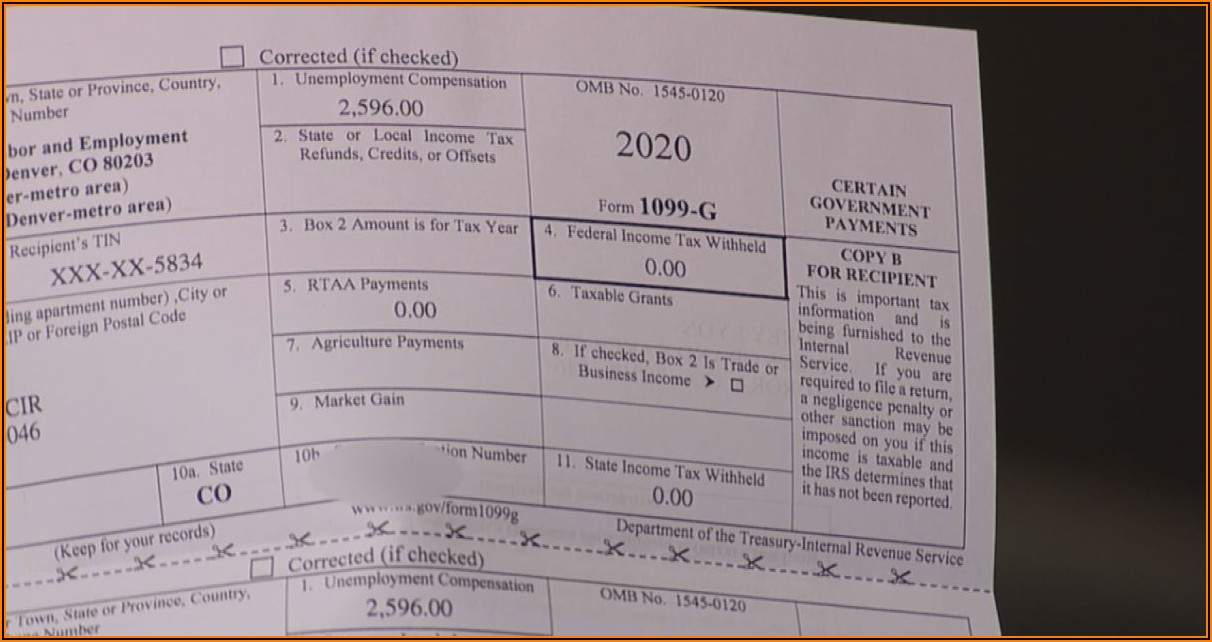1099-G Colorado: What You Need To Know About Your Tax Forms
Let’s get real here, folks! Taxes can be a headache, but understanding the 1099-G form in Colorado is crucial if you want to avoid any unnecessary stress come filing season. Whether you're self-employed, received unemployment benefits, or got a government payment, this form is your key to staying on top of your financial responsibilities. So, buckle up and let’s break it down together!
Now, I know what you're thinking—tax forms sound boring, right? But trust me, knowing the ins and outs of the 1099-G Colorado form can save you from major headaches down the road. This isn’t just another piece of paper; it’s your ticket to ensuring you report all your income correctly and avoid any penalties.
So, why should you care about the 1099-G? Well, it’s not just for freelancers or small business owners. If you’ve received unemployment benefits, grants, or other government payments, this form is your lifeline. Let’s dive in and make sure you’re prepared for tax season like a pro.
What is the 1099-G Form All About?
The 1099-G form is like a report card from the government, letting you know how much money you received from them during the year. Whether it’s unemployment benefits, state tax refunds, or other government payments, the 1099-G is here to keep you informed. It’s like a reminder that says, "Hey, don’t forget about this money when you’re filing your taxes!"
Here’s the deal: If you’re in Colorado and you’ve received any form of government payment, chances are you’ll get a 1099-G in the mail. And guess what? You need to report that income on your tax return. It’s not optional—it’s mandatory. So, let’s talk about what exactly this form covers:
- Unemployment compensation
- State tax refunds
- Grants and other government payments
Now, here’s the kicker: if you don’t report this income, you could end up owing more taxes or even facing penalties. Nobody wants that, right? So, let’s make sure you’re prepared.
Who Gets a 1099-G in Colorado?
Alright, let’s clarify who actually gets a 1099-G form in Colorado. If you’ve received any of the following, you’re probably going to see one of these forms in your mailbox:
- Unemployment benefits: If you were laid off or unemployed during the year, chances are you received unemployment compensation. That money is taxable, and the 1099-G will show you exactly how much you got.
- State tax refunds: Did you get a refund from the Colorado Department of Revenue last year? That refund might be taxable depending on your situation, and the 1099-G will let you know.
- Grants and other payments: Whether it’s a grant from a local government agency or some other form of assistance, the 1099-G will keep track of it.
So, if you fall into any of these categories, make sure you’re keeping an eye out for your 1099-G. It’s not just a piece of paper—it’s your responsibility!
How to Read Your 1099-G Form
Alright, now that we know what the 1099-G is and who gets it, let’s talk about how to actually read the thing. It might look like a bunch of numbers and codes, but don’t worry—it’s not as complicated as it seems.
Here’s a quick breakdown of the key sections you’ll find on your 1099-G:
- Box 1: Refund/Payment/Offset: This shows any state tax refunds you received during the year. If you got a refund, this is where it’ll be listed.
- Box 3: Unemployment Compensation: This is where you’ll see how much unemployment compensation you received. Remember, this is taxable income, so make sure you report it correctly.
- Box 5: Other: This is a catch-all for any other government payments you might have received, like grants or assistance programs.
Now, here’s the thing: if you see numbers in these boxes, it means you need to report that income on your tax return. Don’t skip over this part—it’s super important for making sure you’re in compliance with the IRS.
Why is the 1099-G Important for Colorado Residents?
Let’s be real here—taxes can be confusing, but the 1099-G form is especially important for Colorado residents. Why? Because it helps you keep track of all the government payments you’ve received, ensuring you don’t miss anything when you file your taxes.
Here’s why the 1099-G matters so much:
- Accurate Reporting: The IRS and Colorado Department of Revenue use the 1099-G to verify your income. If you don’t report everything correctly, you could end up with a big surprise come April 15th.
- Avoiding Penalties: Failing to report income from unemployment benefits or other government payments can lead to penalties and interest. Nobody wants that, right?
- Peace of Mind: Knowing you’ve got all your ducks in a row is a great feeling. The 1099-G helps you stay organized and stress-free during tax season.
So, whether you’re a freelancer, a small business owner, or someone who received unemployment benefits, the 1099-G is your best friend when it comes to staying on top of your taxes.
Common Mistakes to Avoid with the 1099-G
Alright, let’s talk about some common mistakes people make with the 1099-G form. Trust me, these errors can cost you big time if you’re not careful.
- Not Reporting All Income: One of the biggest mistakes people make is forgetting to report all the income listed on their 1099-G. Whether it’s unemployment benefits or a state tax refund, everything needs to be reported.
- Forgetting to Include the Form: Some folks forget to include their 1099-G when they file their taxes. Don’t make this rookie mistake—it can lead to delays and even penalties.
- Not Double-Checking the Numbers: Always double-check the numbers on your 1099-G. Mistakes happen, and if the form has incorrect information, it could cause problems down the line.
So, take your time and make sure you’re doing everything right. It’s better to be thorough now than to deal with headaches later.
How to File Your 1099-G with Your Taxes
Alright, let’s talk about the nitty-gritty of filing your 1099-G with your taxes. It’s not as scary as it sounds, I promise.
Here’s a step-by-step guide to help you out:
- Gather Your Documents: Make sure you have all your tax documents, including your 1099-G, W-2s, and any other forms you need.
- Enter the Information: Use tax software or work with a tax professional to enter the information from your 1099-G into your tax return. It’s important to include all the numbers from the form.
- Double-Check Everything: Before you hit submit, make sure you’ve entered everything correctly. Mistakes can lead to delays or even penalties.
Now, here’s the good news: most tax software programs will automatically import your 1099-G information, making the process a breeze. But if you’re doing it manually, just take your time and make sure everything’s accurate.
Tips for Staying Organized with Your 1099-G
Staying organized is key when it comes to managing your 1099-G and other tax documents. Here are a few tips to help you stay on top of things:
- Create a Filing System: Whether it’s a physical folder or a digital file, having a place to store all your tax documents is crucial.
- Set Reminders: Use your phone or calendar to set reminders for important tax deadlines. You don’t want to miss anything important.
- Work with a Tax Professional: If you’re feeling overwhelmed, consider working with a tax professional. They can help you navigate the complexities of the 1099-G and ensure everything’s done correctly.
Remember, staying organized isn’t just about avoiding penalties—it’s about giving yourself peace of mind. When you know you’ve got everything in order, you can relax and focus on other things.
Understanding the Tax Implications of the 1099-G
Alright, let’s talk about the tax implications of the 1099-G form. Whether you’re dealing with unemployment benefits, state tax refunds, or other government payments, it’s important to understand how these things affect your tax situation.
Here’s a quick rundown:
- Unemployment Benefits: These are taxable, so you’ll need to report them on your tax return. Depending on your income, you might owe federal and state taxes on this money.
- State Tax Refunds: If you received a refund from the Colorado Department of Revenue, you might need to report it as income on your federal tax return. It depends on your specific situation, so make sure you check the rules.
- Grants and Other Payments: Some grants and payments are taxable, while others aren’t. It’s important to understand the specifics of each payment you received.
Now, here’s the thing: the IRS and Colorado Department of Revenue are pretty strict about reporting all your income. If you miss something, you could end up with penalties or interest. So, make sure you’re thorough and accurate when filing your taxes.
Resources for Understanding the 1099-G
Alright, let’s talk about some resources you can use to better understand the 1099-G form. Whether you’re a DIY kind of person or you need a little extra help, there are plenty of tools and resources available to make your life easier.
- IRS Website: The IRS has a ton of information about the 1099-G form, including FAQs and instructions for filing.
- Tax Software: Programs like TurboTax and H&R Block can help you navigate the complexities of the 1099-G and ensure everything’s done correctly.
- Tax Professionals: If you’re feeling overwhelmed, consider working with a tax professional. They can help you understand the form and ensure you’re in compliance with all the rules.
So, whether you’re diving into the IRS website or consulting with a tax pro, make sure you’re using all the resources at your disposal to stay on top of your taxes.
Final Thoughts on the 1099-G Colorado
Alright, let’s wrap things up. The 1099-G form might seem intimidating at first, but once you understand what it’s all about, it’s actually pretty straightforward. Whether you’re dealing with unemployment benefits, state tax refunds, or other government payments, the 1099-G is your key to staying organized and avoiding penalties.
Here’s a quick recap of what we’ve covered:
- The 1099-G form is crucial for reporting government payments, including unemployment benefits and state tax refunds.
- Make sure you report all the income listed on your 1099-G to avoid penalties and interest.
- Stay organized by creating a filing system and setting reminders for important deadlines.
- Use resources like the IRS website, tax software, and tax professionals to ensure everything’s done correctly.
So, take a deep breath and tackle your taxes with confidence. You’ve got this!
And hey, if you’ve got any questions or need more help, feel free to leave a comment or reach out. We’re all in this together, and the more we know, the better off we’ll be. Happy filing, folks!
Table of Contents


